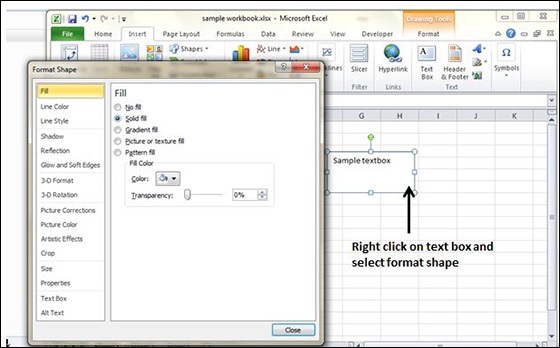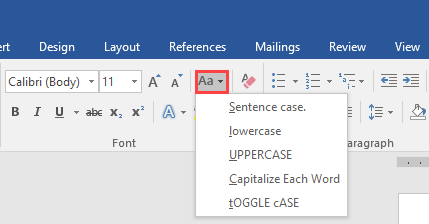
There is no shortcut key to remember in this instance, just the short text you want "corrected." (How you create Autocorrect entries has been discussed in other issues of WordTips. In other words, the program can "correct" the characters cj, replacing them with the longer sentence.
#EXCEL KEYBOARD SHORTCUT INSERT TEXT BOX SERIES#
All you need to do is come up with a non-ambiguous series of keystrokes, such as cj, and then have Word replace that text with something else. Perhaps the easiest alternative, however, is to create an AutoCorrect entry for your text. The macro could then be assigned to a shortcut key and would be replayed (again typing the text) anytime you invoke the shortcut key. You could, of course, record a macro of you typing the desired text. There are other options besides using AutoText, however. Click on Close to dismiss the Customize dialog box.

Click on Close to dismiss the Customize Keyboard dialog box.Click the Assign button to assign the shortcut.In the list of AutoText entries, select the one you defined in step 1.The defined AutoText entries appear at the right side of the dialog box. In the Categories list scroll down and select AutoText.(In this case, Ctrl+J is used to justify a paragraph so you may want to use a different shortcut.) NOTE This shortcut only works if you type the numbers on the Number keypad it doesn’t work if you use the numbers at the top of the keyboard (above the letters). Just below the Current Keys text box you should see the name of any commands currently using this shortcut. Fortunately, you can add a bullet to a cell with either of the following keyboard shortcuts: Alt + 7 or Alt + 0149. For instance, if you want to use Ctrl+J, then press Ctrl+J. Press the shortcut key you want to use.Position the insertion point in the Press New Shortcut Key text box.Word displays the Customize Keyboard dialog box. Define your AutoText entry as you normally would.If you want to have a special shortcut key for a particular AutoText entry, you can follow these steps: Word expands the mnemonic to its longer form. Once you create the AutoText entry, you can type the mnemonic for the entry and press F3. Brendan knows about AutoText, but he can't see a way to assign a shortcut like Ctrl+J to a particular AutoText entry.Īctually, AutoText includes sort of a built-in shortcut key. This would mean every time he hits Ctrl+J it would paste that sentence.

Brendan would like to know if there is a way to assign a shortcut of my choosing, say Ctrl+J, to a sentence.


 0 kommentar(er)
0 kommentar(er)
